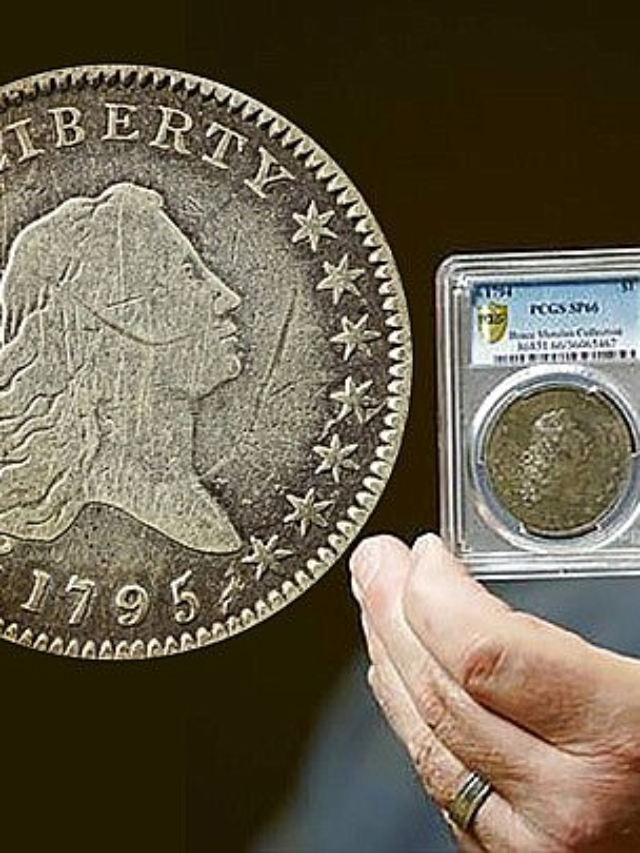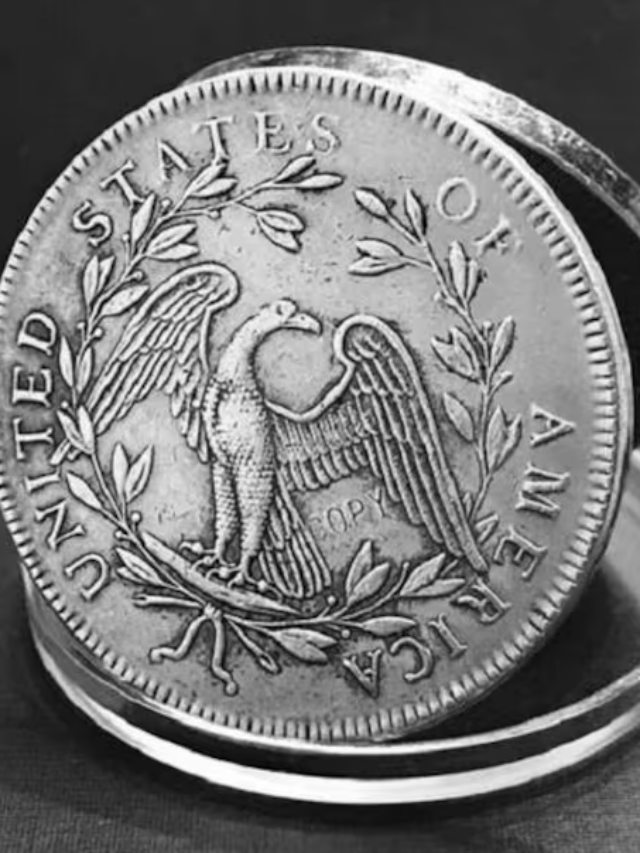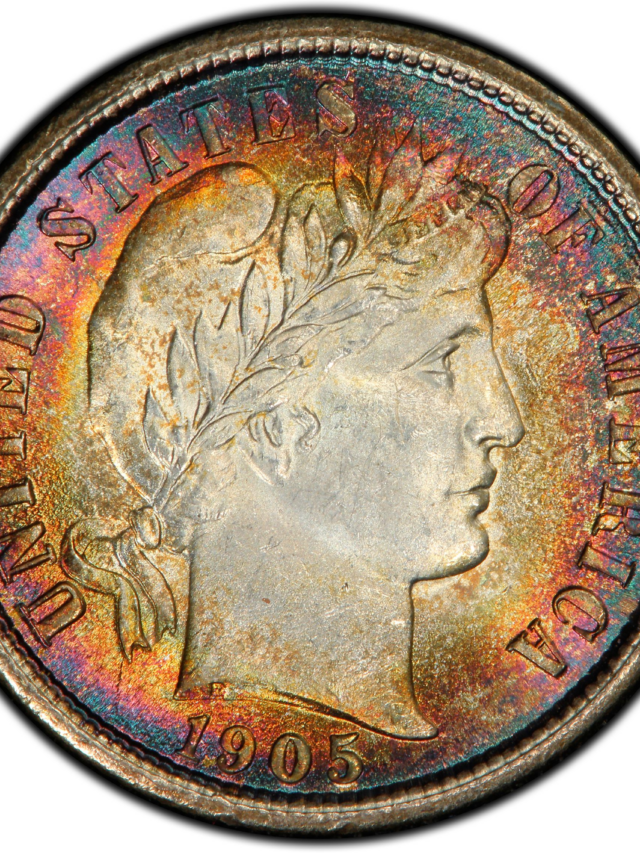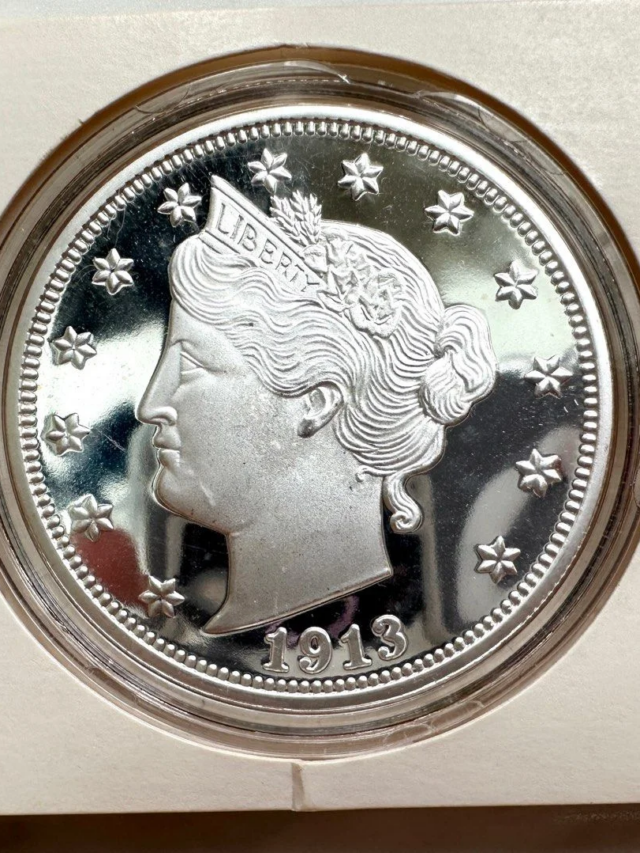In the world of art, photography stands as a unique medium, where the camera becomes the brush and the lens the canvas.
It’s not merely about capturing images but about weaving stories, evoking emotions, and freezing moments in time.
Yet, behind every captivating photograph lies a battle of mind and ideas, where creativity clashes with technicality, and vision contends with reality.
In this article, we delve into the multifaceted nature of photography, exploring the interplay between the creative mind and the technical aspects of the craft.
The Creative Spark:

Photography begins as a spark of inspiration in the mind of the photographer—a fleeting moment of vision that ignites the creative process.
Whether it’s a landscape bathed in golden light, a candid street scene, or a portrait capturing the essence of a person, the creative spark sets the stage for the photographic journey ahead.
It’s the intangible force that drives photographers to explore, experiment, and push the boundaries of their art.
Vision and Imagination:
At the heart of photography lies the photographer’s vision—a unique perspective shaped by their experiences, emotions, and imagination.
It’s the ability to see beyond the ordinary, to perceive beauty in the mundane, and to translate that vision into compelling images.
Whether it’s a grand vista or a simple still life, the photographer’s vision infuses every photograph with meaning and depth.
Emotion and Expression:
Emotion is the lifeblood of photography—a powerful force that infuses images with soul and resonance.
From joy and laughter to sadness and solitude, photographs have the ability to evoke a myriad of emotions in the viewer.
Photographers harness the power of emotion to convey stories, provoke thought, and forge connections with their audience.
It’s through emotion that photographs transcend mere visuals and become windows into the human experience.
The Technical Challenge:

While creativity fuels the photographic process, technical mastery serves as its foundation.
Behind every striking image lies a myriad of technical considerations—from exposure settings and composition to lighting and post-processing techniques.
Mastering the technical aspects of photography is essential for translating creative vision into tangible results.
Understanding Light:
Light is the essence of photography—the raw material from which images are sculpted.
Understanding how light behaves and how to manipulate it is fundamental to creating compelling photographs.
Whether it’s soft, diffused light for portraits or dramatic, directional light for landscapes, photographers must learn to harness light to enhance mood, texture, and dimensionality in their images.
Composition and Framing:
Composition is the language of photography—the art of arranging elements within the frame to create visually pleasing and impactful images.
From the rule of thirds to leading lines and symmetry, photographers employ various compositional techniques to guide the viewer’s eye and convey their intended message.
Composition is about balance, harmony, and storytelling, allowing photographers to communicate their vision with clarity and purpose.
Technical Proficiency:
Technical proficiency is the bedrock of successful photography—an understanding of camera settings, exposure theory, and post-processing techniques that allows photographers to execute their creative vision with precision.
From mastering aperture, shutter speed, and ISO to fine-tuning white balance and sharpening in post-production, technical proficiency empowers photographers to overcome technical challenges and capture the essence of their subject matter.
The Creative Process in Action:
The battle of mind and ideas in photography unfolds in the midst of the creative process—a journey of exploration, experimentation, and discovery.
It’s a process marked by moments of inspiration and frustration, breakthroughs and setbacks, as photographers strive to bring their vision to life.
Exploration and Discovery:
The creative process begins with exploration—a journey of discovery where photographers venture into the world with open eyes and open minds.
It’s about seeking out new perspectives, uncovering hidden beauty, and finding inspiration in the unlikeliest of places.
Whether it’s exploring a familiar neighborhood or traveling to far-flung destinations, photographers are constantly on the lookout for moments of magic and wonder.
Experimentation and Innovation:
Experimentation is the lifeblood of creativity—a willingness to take risks, push boundaries, and embrace failure as part of the learning process.
Photographers experiment with new techniques, unconventional perspectives, and innovative approaches to storytelling, constantly pushing the limits of their craft.
It’s through experimentation that new ideas are born, new styles emerge, and the boundaries of photography are expanded.
Reflection and Refinement:
Reflection is an essential part of the creative process—a time for photographers to step back, evaluate their work, and refine their approach.
It’s about critically analyzing images, identifying strengths and weaknesses, and learning from both successes and failures.
Through reflection, photographers gain insight into their creative process, honing their vision and refining their technique with each iteration.
Conclusion:
Photography is a battle of mind and ideas—a complex interplay of creativity and technicality, vision and execution.
It’s a journey of exploration, experimentation, and discovery, where photographers strive to capture the world as they see it and share it with others.
Whether it’s a breathtaking landscape, a poignant portrait, or a candid street scene, every photograph tells a story—a testament to the creative spirit that drives us to capture the beauty and wonder of the world around us.
Latest Web Stories
 1 Most Valuable Standing Liberty Quarters Worth Over $100 Million USD
1 Most Valuable Standing Liberty Quarters Worth Over $100 Million USD 1 Pennies from the 1800s Worth $499 Million USD
1 Pennies from the 1800s Worth $499 Million USD 10 Pennies from the 1800s Worth $510 Million USD
10 Pennies from the 1800s Worth $510 Million USD 10 Pennies from the 1800s Worth $90 Million USD
10 Pennies from the 1800s Worth $90 Million USD 125-year-old dime sells for $1.32 Million
125-year-old dime sells for $1.32 Million 1776 To 1976 D Quarter Doller ValueCoinTrackers
1776 To 1976 D Quarter Doller ValueCoinTrackers 1776-1976 S Silver 50C MS
1776-1976 S Silver 50C MS 1776-1976-D Bicentennial Quarter DDO & DDR Also Filled IN D
1776-1976-D Bicentennial Quarter DDO & DDR Also Filled IN D 1794 Flowing Hair Dollar
1794 Flowing Hair Dollar 1794 Flowing Hair Silver Dollar – The First of Its Kind: Valued at over $60 Million
1794 Flowing Hair Silver Dollar – The First of Its Kind: Valued at over $60 Million 1804 Draped Bust Silver Dollar
1804 Draped Bust Silver Dollar 1894 dime sells for $1.3 million
1894 dime sells for $1.3 million 1894-S Barber Dime
1894-S Barber Dime 1905 10C (Regular Strike) Barber Dime
1905 10C (Regular Strike) Barber Dime 1913 Liberty Head Nickel
1913 Liberty Head Nickel 1913 Liberty Head Nickel – The Coin of Controversy: Valued at over $10 million
1913 Liberty Head Nickel – The Coin of Controversy: Valued at over $10 million 1913 Liberty Head Nickel- The Coin of Controversy: Valued at over $10 Million
1913 Liberty Head Nickel- The Coin of Controversy: Valued at over $10 Million 1933 Saint-Gaudens Double Eagle
1933 Saint-Gaudens Double Eagle 1936 Liberty Half Dollar Value Guide
1936 Liberty Half Dollar Value Guide 1976 – S 25C Silver (Proof) Washington Quarter
1976 – S 25C Silver (Proof) Washington Quarter






